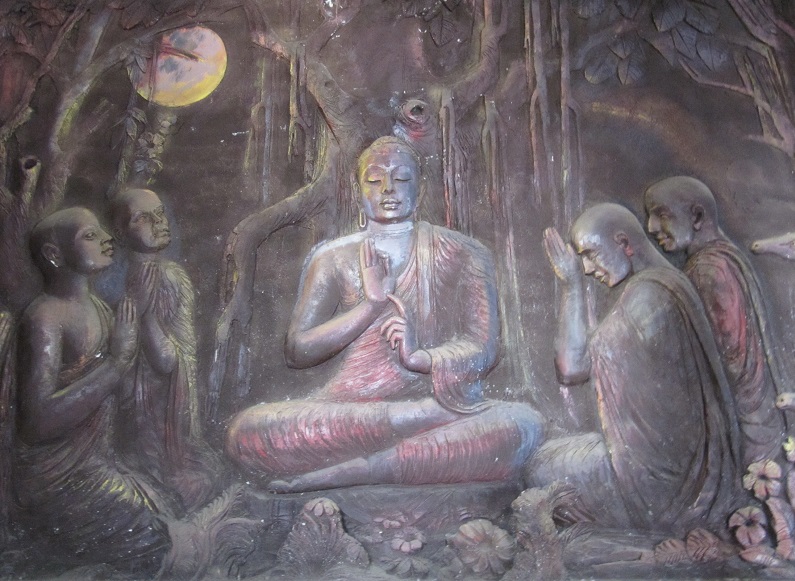
Beezone
 he teachings of the Buddha, or any form of profound and esoteric teachings, are inherently revisionary, reflecting the need to adapt profound truths to the limitations of language and the varied capacities of the audience.
he teachings of the Buddha, or any form of profound and esoteric teachings, are inherently revisionary, reflecting the need to adapt profound truths to the limitations of language and the varied capacities of the audience.
The very act of teaching is a dynamic process of continual adaptation. As the Buddha spoke to his disciples of different backgrounds, predispositions, and levels of understanding, his language evolved to meet them where they were, creating a variety of expressions for the same fundamental truths. The limitation of language itself—a tool imperfect for conveying transcendent ideas—required that he frequently adjust his teachings. Furthermore, the Buddha’s disciples, hearing and interpreting his words through their own filters, played a crucial role in transforming those teachings as they recorded them, influenced both by their own capabilities and the limitations of the written word.
The Buddha’s constant engagement with diverse audiences meant that his teachings were never static. He adapted his words, sometimes arguing ad hominem, to align with the language and understanding of his listeners. This inevitably led to inconsistencies in how the teachings were expressed. Despite the clarity of his vision, he had to convey it in multiple ways to reach a wide range of people. Over time, the tradition likely smoothed out many of these variations to form a more coherent body of discourse. However, it is likely that if a true record of the Buddha’s words were available, it would reveal a remarkable diversity in expression throughout his forty-five years of teaching.
Another important factor often overlooked is the process of conversion. New converts came from a variety of backgrounds, and in early Buddhism, institutions were undeveloped, with little structured socialization. Thus, even after joining the Sangha, many disciples continued to use some of their former terms and concepts. The Buddha, in his wisdom, may have continued to meet them halfway, adjusting his language to accommodate their understanding. This flexibility in expression did not end with conversion or with the Buddha’s death but persisted, influencing the formulations of the teachings as they evolved. As a result, the texts that emerged were not shaped by a single, uniform process but by an ongoing interplay of multiple currents, reflecting the diverse influences of the Buddha’s audience.
This revisionary nature of the Buddha’s teachings underscores the fluidity and adaptability required to convey timeless wisdom in a world bound by the constraints of language and the limitations of human perception.